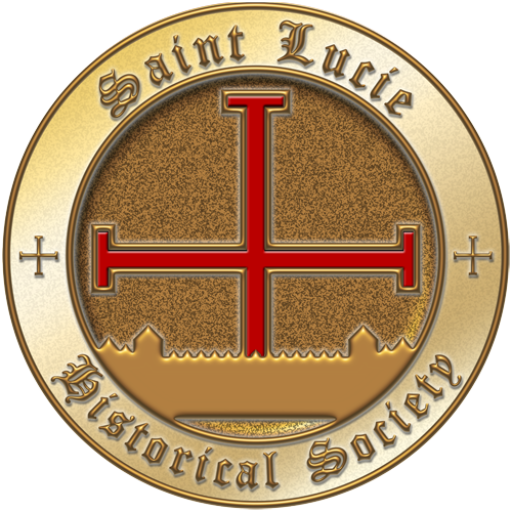Edwin Binney
1866-1934
Mr. Binney was born in Westchester County, New York in 1866. Edwin was a successful businessman, he took over the operations of the Peeksill Chemical Co., his father’s business, in 1885, a company that produced natural gas, and was also the largest manufacturer of carbon black, which was eventually used to color automobile tires. In 1900, along with his cousin C. Harold Smith, Edwin Binney opened a mill in Easton, Pennsylvania to produce slate pencils for schools. Binney began experimenting with a combination of old slate waste, cement, and talc, and Binney & Smith created the first dustless white chalk. In 1902, they won a gold medal for the invention at the St. Louis World’s Fair. They soon saw the need for affordable wax crayons, and in 1903 Binney & Smith produced the first box of eight Crayola crayons. Alice Stead Binney (1866-1960), Edwin’s wife, joined the French word “craie, ” or chalk, and “ola, ” short for oleaginou or oily, as they are made from a petroleum based wax. London born, Alice a former schoolteacher, “created” many words in this manner.
By 1911 the Binney family was spending time in St. Lucie County. Edwin at one time owned 1,000 acres of citrus groves in the area, which was then called Fort Pierce Farms. Today we call the area Indrio, another of Alice’s creations. Mr. Binney was an avid sportsman and fisherman. He was a community activist, and had a dramatic impact on our county, as well as in the community of his northern home in Old Greenwich, Connecticut.
Edwin showed himself to be a friend of the community on many occasions. The most noteworthy would probably be his vision, in 1919, to have Fort Pierce become a port and an inlet. By his actions this was accomplished by 1922, complete with a refrigerated terminal for holding fruit and the Fort Pierce Inlet, which has since allowed the passage of myriad vessels. He made possible a much needed restoration of the bridge to the beach in 1928. His efforts kept the St. Lucie County Bank from going under in 1929. Edwin put up enough of his own money to keep the doors open, while so many others failed, and their stockholders were wiped out. He helped found our local Sea Scouts and donated the land along the inlet that is now the Fort Pierce Coast Guard Station and the Pelican Yacht Club, which includes the Sea Scout building.
Alice and Edwin had four children: Dorothy, Helen, Mary and Edwin Jr. Dorothy was also a prominent figure in our local history. Helen married Allan F. Kitchel and became a member of congress. Mary married a noted tree surgeon, James A. G. Davey. Their son gained fame as an international swimmer and a professor at Yale. Their local home Florindia on Indrio Road still stands today.

